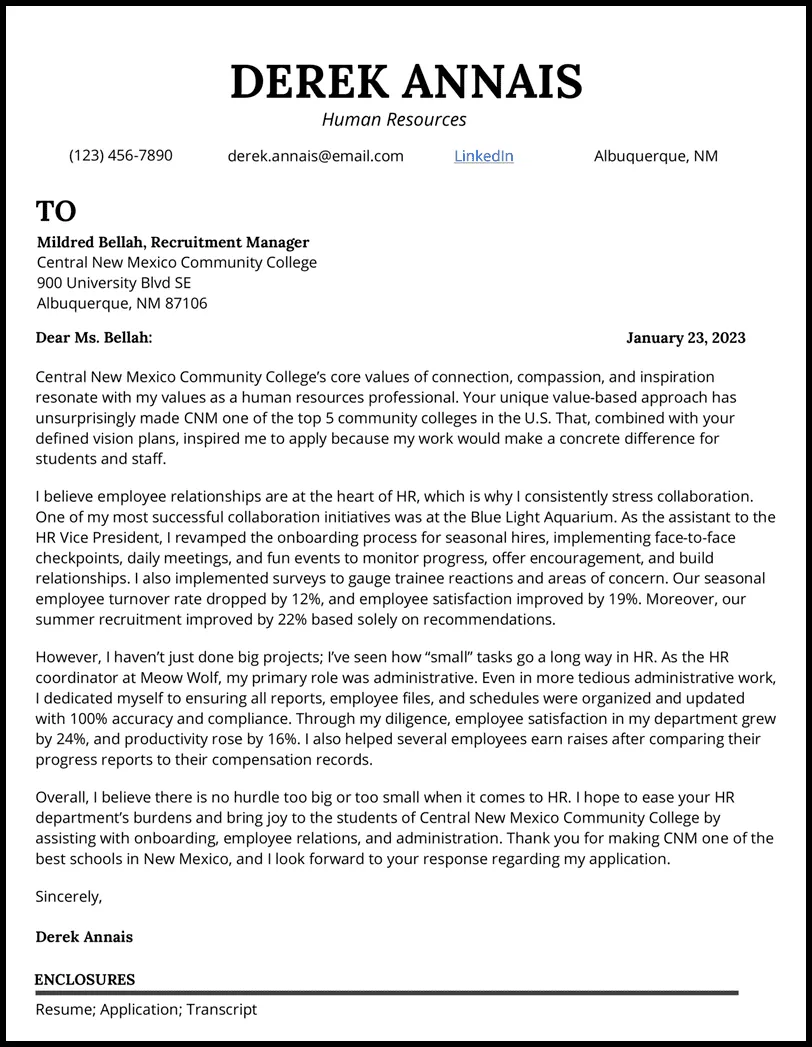Why a Strong Cover Letter Matters for HR Managers
As an HR Manager, your cover letter is your first, and often only, opportunity to make a strong first impression. It’s more than just a formality; it’s a critical marketing tool. A well-crafted cover letter demonstrates your communication skills, attention to detail, and understanding of the HR profession. It showcases your personality, enthusiasm, and qualifications in a way that a resume alone cannot. The cover letter allows you to tailor your experience to the specific needs of the employer, highlighting the skills and achievements most relevant to the role. It also provides a space to explain any gaps in your employment history or to address any concerns the hiring manager might have. A compelling cover letter immediately sets you apart from other applicants and increases your chances of securing an interview. This document is essentially a sneak peek into how you approach your work and solve issues as well as your attitude toward being employed.
Essential Elements of an HR Manager Cover Letter
A successful cover letter for an HR Manager position incorporates several key elements. These are the pillars that create a strong professional presentation to the hiring manager. It must start with clear and concise contact information, including your name, phone number, email address, and LinkedIn profile (if applicable). Always address the hiring manager by name, if possible; personalized greetings show effort and interest. Begin with a compelling opening that grabs the reader’s attention and immediately states your interest in the role. In the body, highlight your relevant skills, experience, and achievements, using quantifiable metrics to demonstrate your impact. Tailor the letter to the specific job description, emphasizing the skills and experiences the employer seeks. Include a call to action, such as expressing your eagerness for an interview. The overall tone should be professional, enthusiastic, and tailored to the company’s culture. Finally, proofread the entire document meticulously to eliminate errors that would otherwise undermine your credibility.
Contact Information Best Practices
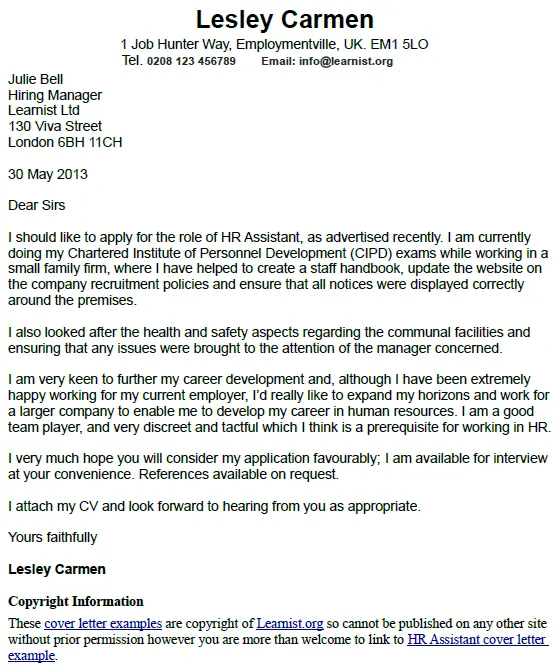
Your contact information should be clear, concise, and easy to find. Place it at the top of your cover letter, typically on the left or right side. Start with your full name, followed by your phone number, and professional email address. Be sure to use a professional email address, avoiding nicknames or unprofessional language. Include your LinkedIn profile URL; it provides the hiring manager with more information about your professional background and connections. Ensure that your contact information is accurate, as any errors could lead to missed opportunities. Double-check all details before submitting your application to ensure that the hiring manager can easily reach you. By providing this information accurately and clearly, you ensure that potential employers can connect with you without any obstacles. Your contact details are the doorway to potential new employment.
Ensure to format your cover letter so that it presents well. Use a standard font like Arial or Times New Roman, with a font size between 11 and 12 points. Keep the margins at 1 inch on all sides. Use single-line spacing within paragraphs and double-line spacing between paragraphs. The content should be clear and easy to read. Use bullet points to highlight key skills or achievements. Keep the letter concise, ideally one page long. Avoid excessive use of bolding, underlining, or italics. Proofread it carefully to catch any errors in grammar or formatting. A well-formatted cover letter shows attention to detail and professionalism, which are essential for an HR Manager. Your appearance in this context is important, just as important as your qualifications and experience.
Crafting a Compelling Opening
The opening paragraph is your first chance to grab the hiring manager’s attention, so make it count. Start by stating the specific position you’re applying for and where you found the job posting. Then, briefly highlight your most relevant qualification or experience. Show enthusiasm for the company and the role, and mention why you’re interested in working there. If you know something about the company’s culture or recent achievements, mentioning it shows you’ve done your research. Avoid generic phrases like “I am writing to express my interest…” Instead, aim for a dynamic and engaging opening that immediately piques the reader’s interest. A strong opening sets the stage for the rest of your cover letter and encourages the reader to continue. This is your chance to set yourself apart and entice the reader. Your introductory paragraphs can be a strong asset.
Highlighting Key HR Skills
As an HR Manager, you must demonstrate a range of skills. These include recruitment and onboarding, employee relations, compensation and benefits administration, performance management, training and development, and HR compliance. Highlight these core competencies in your cover letter. Focus on the skills most relevant to the job description. Use keywords from the job posting to align your application with the employer’s needs. Provide specific examples of how you’ve used these skills in past roles. Quantify your achievements whenever possible; for example, state the percentage of successful recruitment you accomplished or the cost savings you achieved through a new benefits plan. When you highlight these skills with tangible accomplishments, you will capture the interest of potential employers.
Strategic Use of Keywords
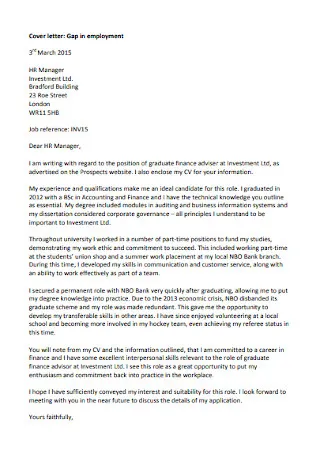
Many companies use Applicant Tracking Systems (ATS) to screen cover letters and resumes. To increase your chances of getting noticed, use keywords from the job description throughout your cover letter. Carefully read the job posting and identify the key skills, qualifications, and requirements listed. Incorporate these terms naturally into your writing. Don’t simply list keywords; weave them into sentences that demonstrate your skills and experience. This will make your application more likely to pass through the ATS. Also, it will showcase your understanding of the role’s requirements and the company’s priorities. By carefully including relevant keywords, you will make your application more visible to hiring managers.
Showcasing Relevant Experience
Your cover letter is the perfect place to showcase relevant experience. Choose the experiences most relevant to the HR Manager position and the specific needs of the employer. Briefly describe your previous roles, focusing on your responsibilities and accomplishments. Tailor your descriptions to match the job description, highlighting skills and experiences that align with the employer’s requirements. Use the STAR method (Situation, Task, Action, Result) to structure your experience descriptions. Provide specific examples of how you handled challenging situations or achieved positive outcomes. Quantify your achievements whenever possible. By providing clear, concise examples of your experience, you will provide a very clear demonstration of the valuable contributions you will make to your new company.
Quantifiable Achievements to Include
Quantifiable achievements make your cover letter more impactful. Instead of simply stating your responsibilities, provide specific metrics that demonstrate your success. For example, rather than saying “Managed the recruitment process,” you could say, “Reduced time-to-hire by 20% by implementing a new recruitment strategy.” Other examples include: “Improved employee retention by 15%,” “Successfully implemented a new performance management system that increased employee engagement by 10%,” or “Managed a budget of $X for HR initiatives.” Including these specific, measurable achievements shows that you are results-oriented and can drive positive outcomes. It also gives the hiring manager concrete evidence of your skills and capabilities.
Tailoring Your Letter to Each Application
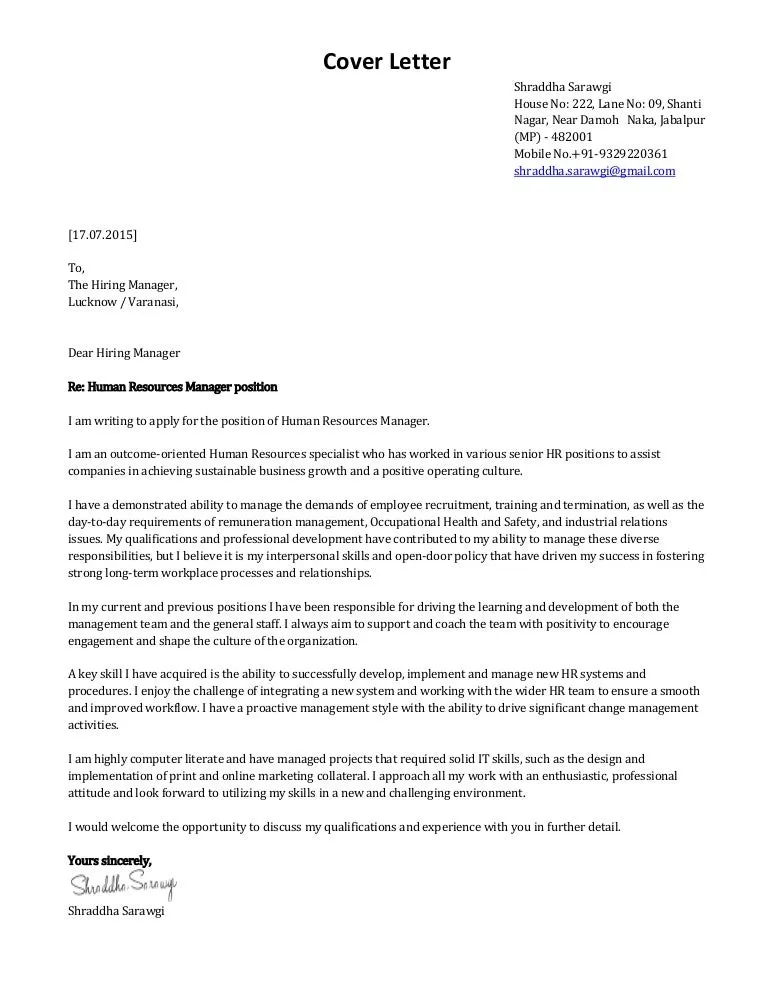
Generic cover letters are easy to spot and they rarely impress. Take the time to tailor each cover letter to the specific job and company you’re applying for. Read the job description carefully and identify the key requirements, skills, and values. Research the company to understand its culture, mission, and recent achievements. Address the hiring manager by name, if possible, and mention why you are interested in working for their company. Customize your cover letter to showcase the skills and experiences most relevant to the job description. Use keywords from the job posting. Show that you understand the company’s needs and can meet them. By demonstrating that you have tailored your application, you’re demonstrating that you have the motivation and attention to detail the employers are looking for.
Demonstrating Cultural Fit
Companies often value cultural fit as much as they value skills and experience. Research the company’s culture and values before you write your cover letter. Review the company’s website, social media profiles, and employee reviews to get a sense of its work environment. Mention the aspects of the company’s culture that resonate with you. Describe how your values and work style align with theirs. Provide examples of how you’ve contributed to positive work environments in the past. Tailor your language and tone to reflect the company’s culture. By demonstrating that you understand and align with the company’s values, you’re more likely to make a positive impression and secure an interview. Demonstrating a good personality fit is important.
Writing a Powerful Closing
The closing paragraph is your final opportunity to make an impact. Reiterate your interest in the position and the company. Summarize your key qualifications and why you’re a good fit. Express your enthusiasm and confidence. Include a call to action, inviting the hiring manager to contact you for an interview. Thank the hiring manager for their time and consideration. Keep the closing brief, positive, and forward-looking. A strong closing leaves a lasting impression and increases your chances of getting the interview. Your closing will make the employer want to contact you. A good closing is important for the impression you make, so it is best to keep your closing concise and professional, and avoid overly complex language or flowery phrases.
Call to Action and Contact Information
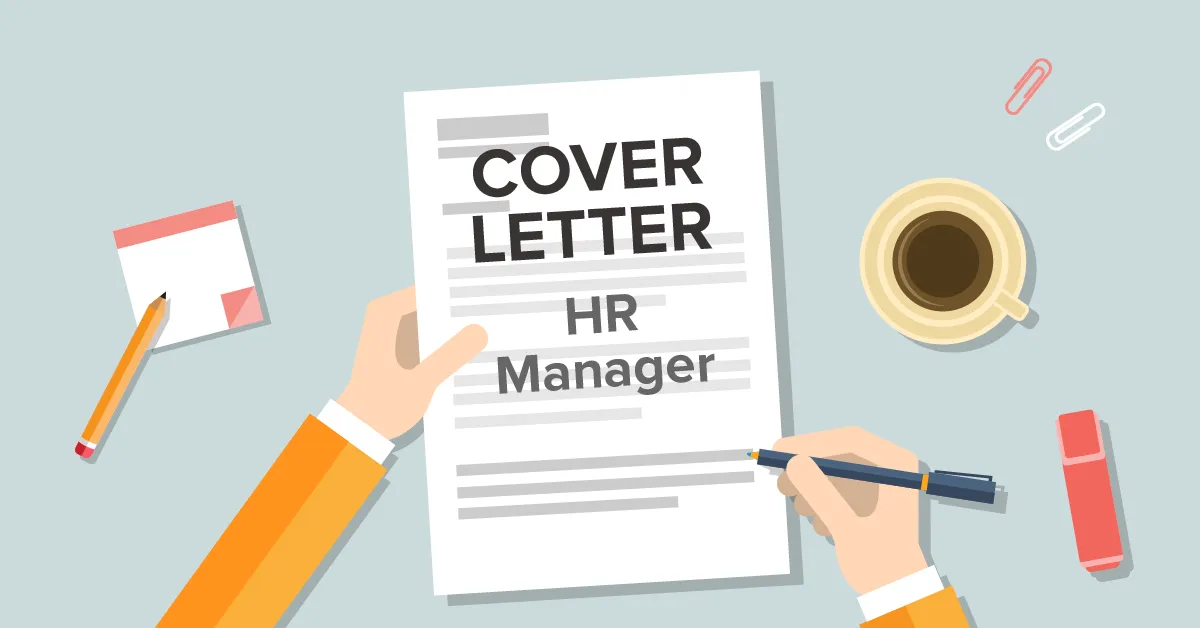
Always include a clear call to action in your cover letter. State your availability for an interview and how the hiring manager can reach you. Encourage them to contact you to discuss your qualifications further. Provide your phone number and email address again for easy reference. Consider including your LinkedIn profile URL to allow the hiring manager to learn more about your professional background. Ensure that your contact information is up-to-date and accurate. Make it easy for the hiring manager to contact you. A strong call to action shows you’re proactive and eager to move forward in the hiring process, which can significantly increase the chances of you securing an interview. Make sure you have everything the hiring manager needs to reach out to you.
Proofreading and Editing Tips
Proofreading and editing are essential to ensure your cover letter is free of errors. Carefully review your letter for any typos, grammatical errors, and inconsistencies. Use a grammar and spell-checking tool, but don’t rely on it completely. Read your cover letter aloud to catch awkward phrasing or unclear sentences. Ask a friend or colleague to review your cover letter for a second opinion. Look for clarity, conciseness, and flow. Ensure your letter is easy to read and professional in tone. A polished and error-free cover letter shows attention to detail, which is critical for an HR Manager. Attention to detail shows employers that you are a thorough person.
Mistakes to Avoid in Your Cover Letter
Avoiding common mistakes can significantly increase the effectiveness of your cover letter. Refrain from using generic language and clichés. Avoid a cover letter that could apply to any job. Ensure your cover letter is tailored to the specific job description. Never include typos and grammatical errors, as they detract from your credibility. Do not focus solely on your needs, but rather highlight your value to the company. Always include a call to action and a professional closing. A carefully written cover letter demonstrates your professionalism. By avoiding these common pitfalls, you’ll significantly increase your chances of making a positive impression.
Overused Phrases and Clichés
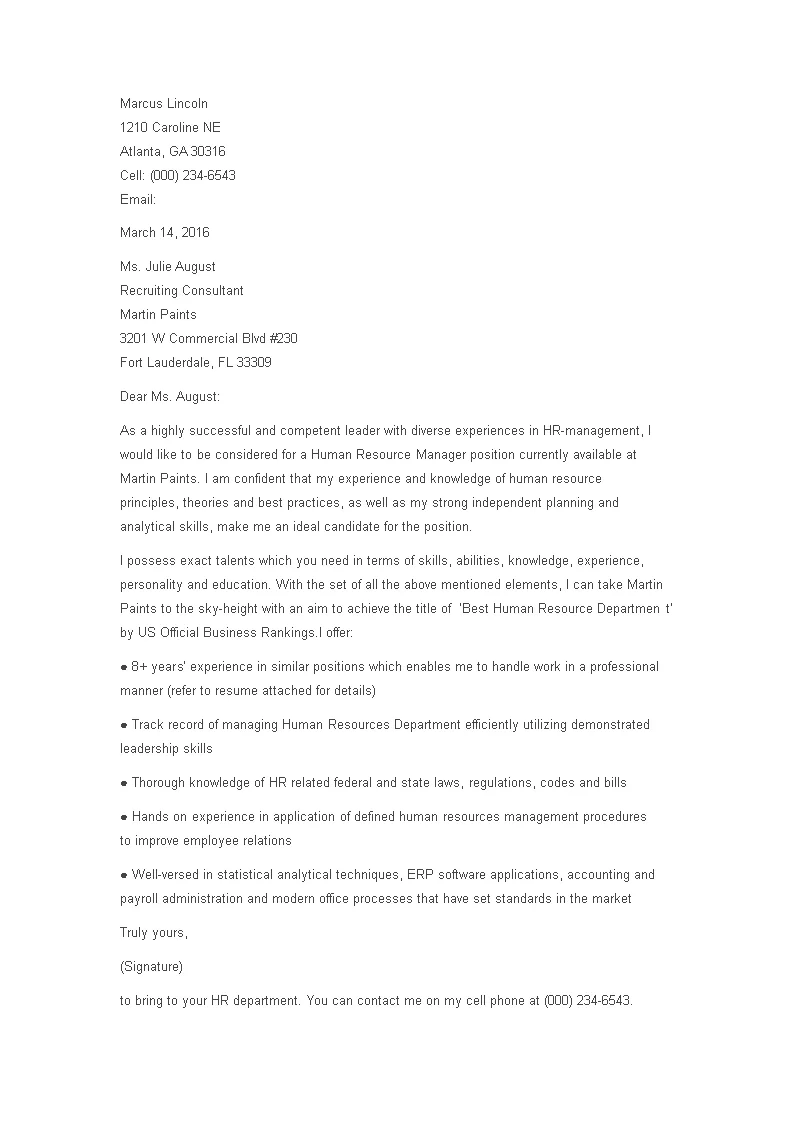
Avoid using overused phrases and clichés. Phrases like “I am writing to express my interest” or “I am a team player” are common and lack originality. Instead, use dynamic and engaging language that highlights your unique skills and experiences. Be specific and provide concrete examples. Show, don’t tell, the value you bring to the table. Use action verbs to describe your achievements and responsibilities. Avoid jargon and buzzwords that are vague or difficult to understand. A unique cover letter demonstrates originality and attention to detail, setting you apart from other candidates. Avoid these overused phrases that can cause your cover letter to be overlooked. Instead, use clear, concise, and engaging language.
Generic Content and Lack of Customization
Avoid using generic content and lack of customization in your cover letter. A generic cover letter that could be sent to any employer doesn’t show a genuine interest in the specific job or company. Tailor each cover letter to the specific job description, highlighting the skills and experiences most relevant to the role. Research the company and tailor your letter to reflect your understanding of its culture, mission, and values. Show that you have taken the time to understand the company’s needs and can meet them. Generic cover letters show a lack of effort and will often be overlooked. Make sure that your letter is focused on the job you are applying for. Make the cover letter specific to the role for which you are applying.
Ignoring the Job Description
Ignoring the job description is a critical mistake that can eliminate your chances of getting an interview. The job description outlines the specific skills, qualifications, and experiences the employer is seeking. Read the job description carefully and use it as a roadmap for your cover letter. Highlight the skills and experiences most relevant to the job description. Use keywords from the job posting to demonstrate your understanding of the role’s requirements. Show how your qualifications align with the employer’s needs. By tailoring your cover letter to the job description, you increase your chances of demonstrating that you are a well-qualified candidate. Make sure that your skills match the required skills, as the job description is what the employer wants.
Cover Letter Examples for Inspiration
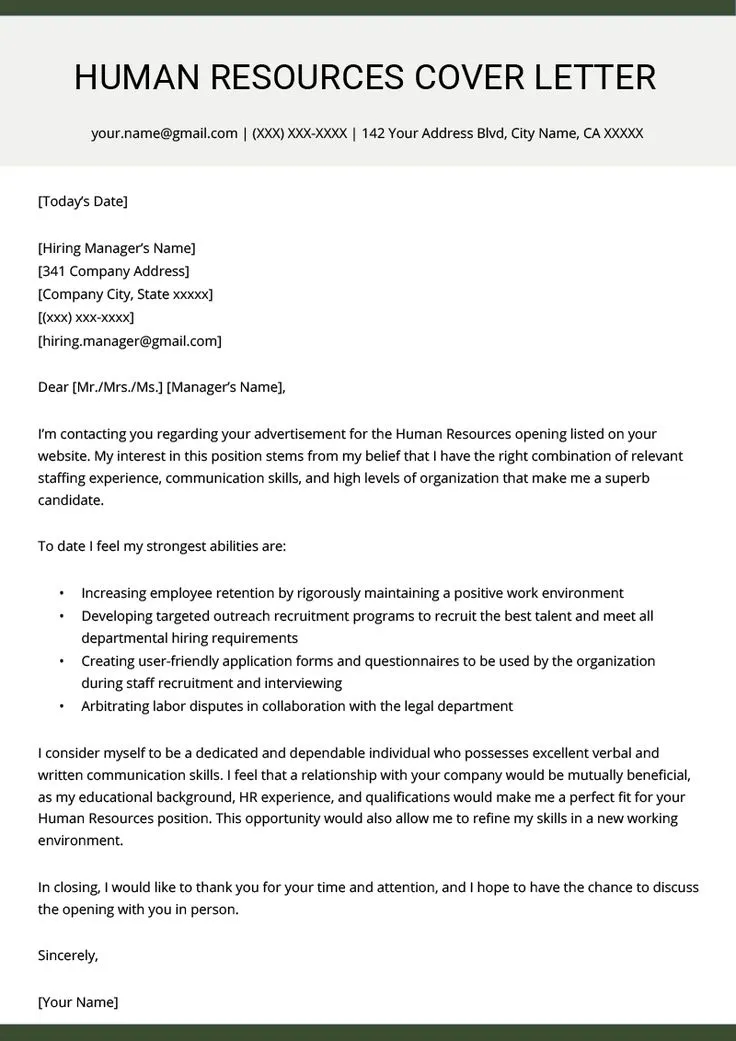
Use cover letter examples for inspiration and guidance, but avoid directly copying them. Look for samples online or in career guides. Analyze successful cover letters to understand the key elements, structure, and language used. Pay attention to how they highlight skills, experience, and achievements. Customize the examples to reflect your own qualifications and the specific job you’re applying for. Adapt the formatting, tone, and language to your own style. Consider using a cover letter template as a starting point, but personalize it to make it your own. Inspiration can guide you, but your cover letter must be unique and original. The best way to develop an idea of what an HR Manager cover letter should look like is to look at several examples.
HR Manager Cover Letter Template
A cover letter template provides a structured framework for writing your cover letter. It offers a basic layout and structure. This includes sections for contact information, a greeting, an opening paragraph, body paragraphs, a closing, and a signature. Use the template as a starting point, but be sure to customize it. Tailor the content to reflect your own qualifications, experience, and the specific job requirements. Fill in the template with your information, making sure to highlight the skills and experiences most relevant to the job. Adapt the language and tone to fit the company’s culture. A cover letter template can save you time and ensure that you include all the essential elements. A great template can serve as a good foundation.
Sample Cover Letter for HR Roles
Review sample cover letters for HR roles to gain insight into effective writing techniques. Look for examples that are tailored to specific job descriptions or company types. Analyze the language, tone, and structure of the samples. Pay attention to how they highlight skills, experience, and achievements. Customize the sample to reflect your own qualifications. Adapt the formatting, tone, and language to your own style. Use the sample as a guide, but personalize it to make it your own. Reading samples can help provide a very good starting point. When reviewing a sample, be sure to personalize it to match your experiences and skill set.
